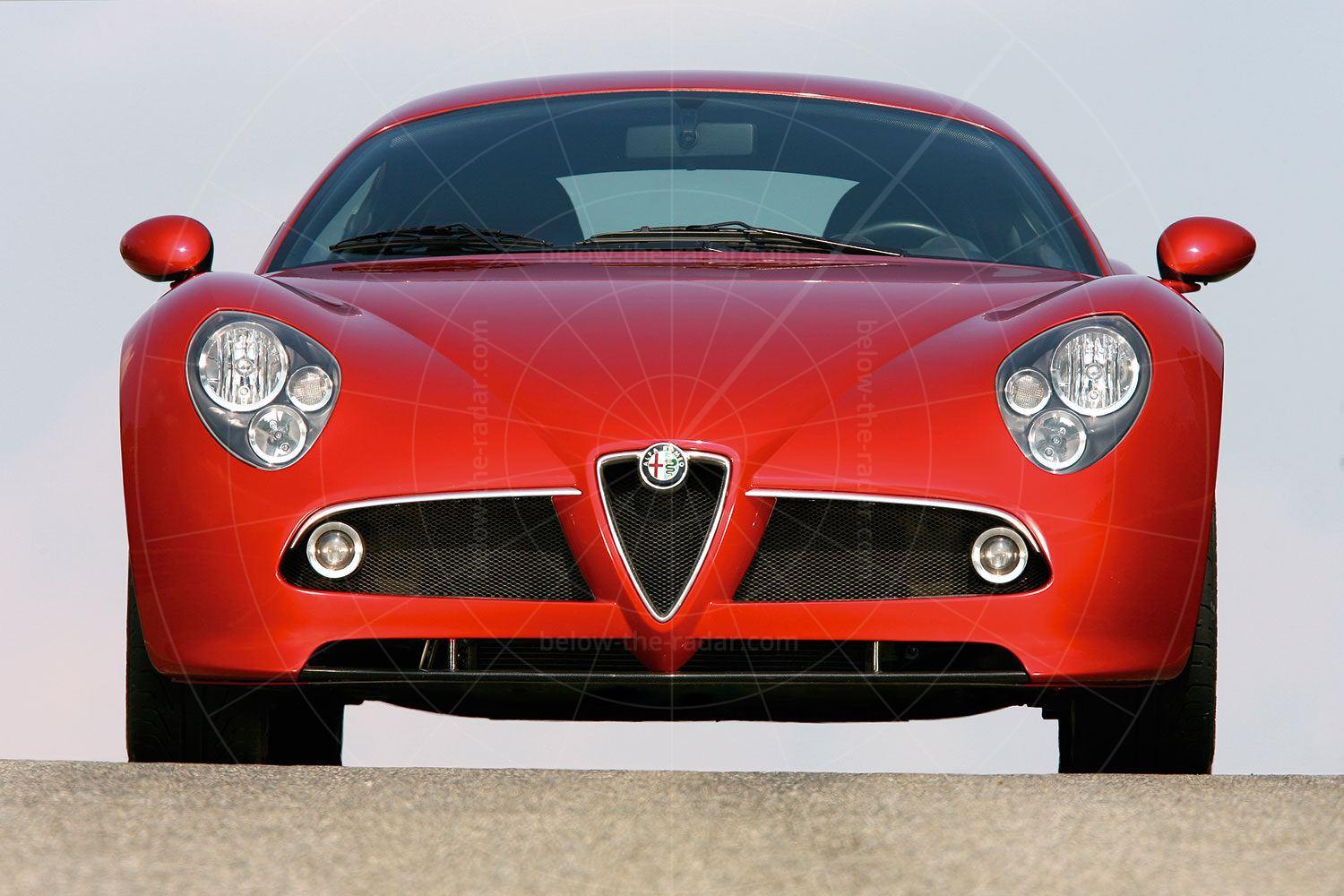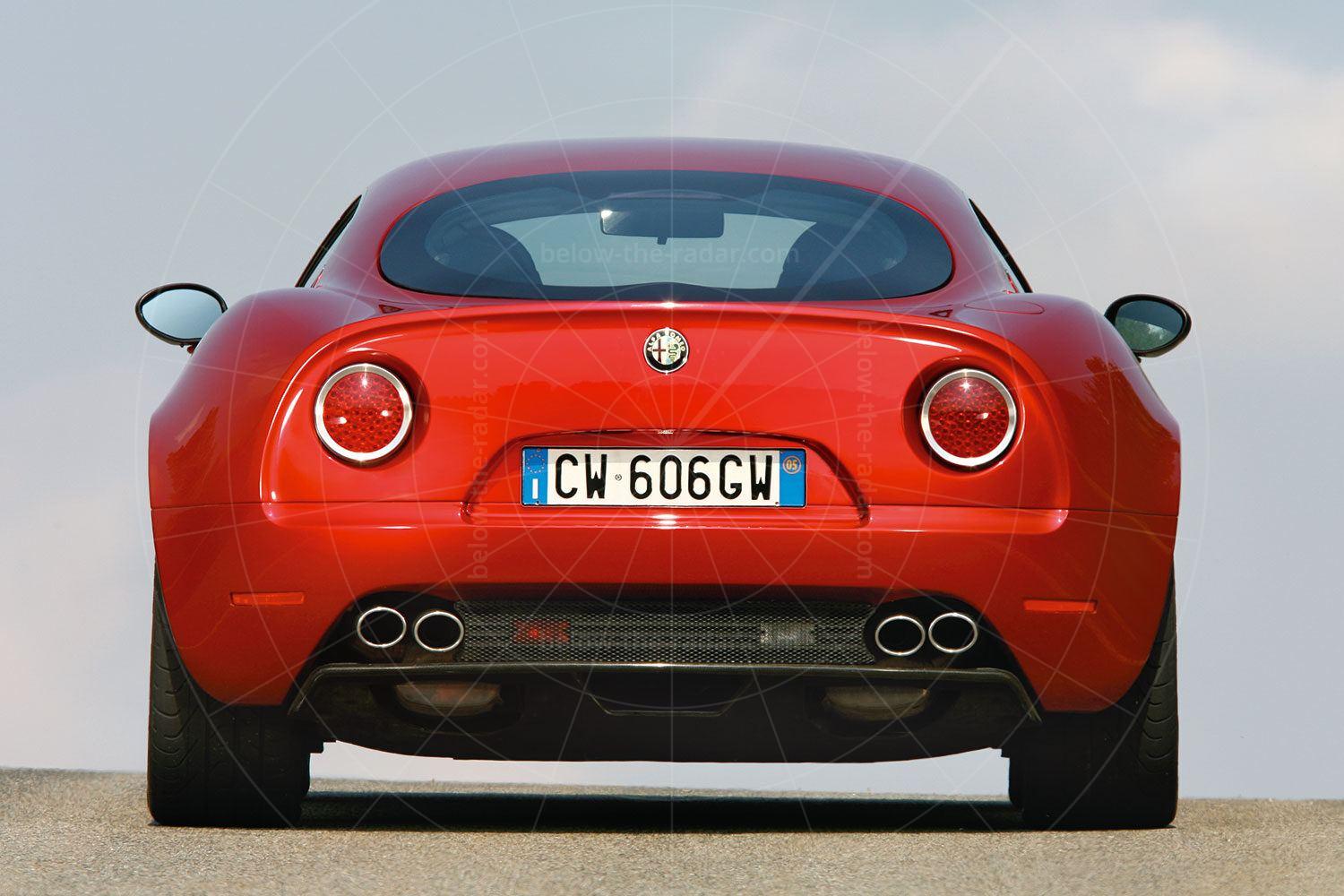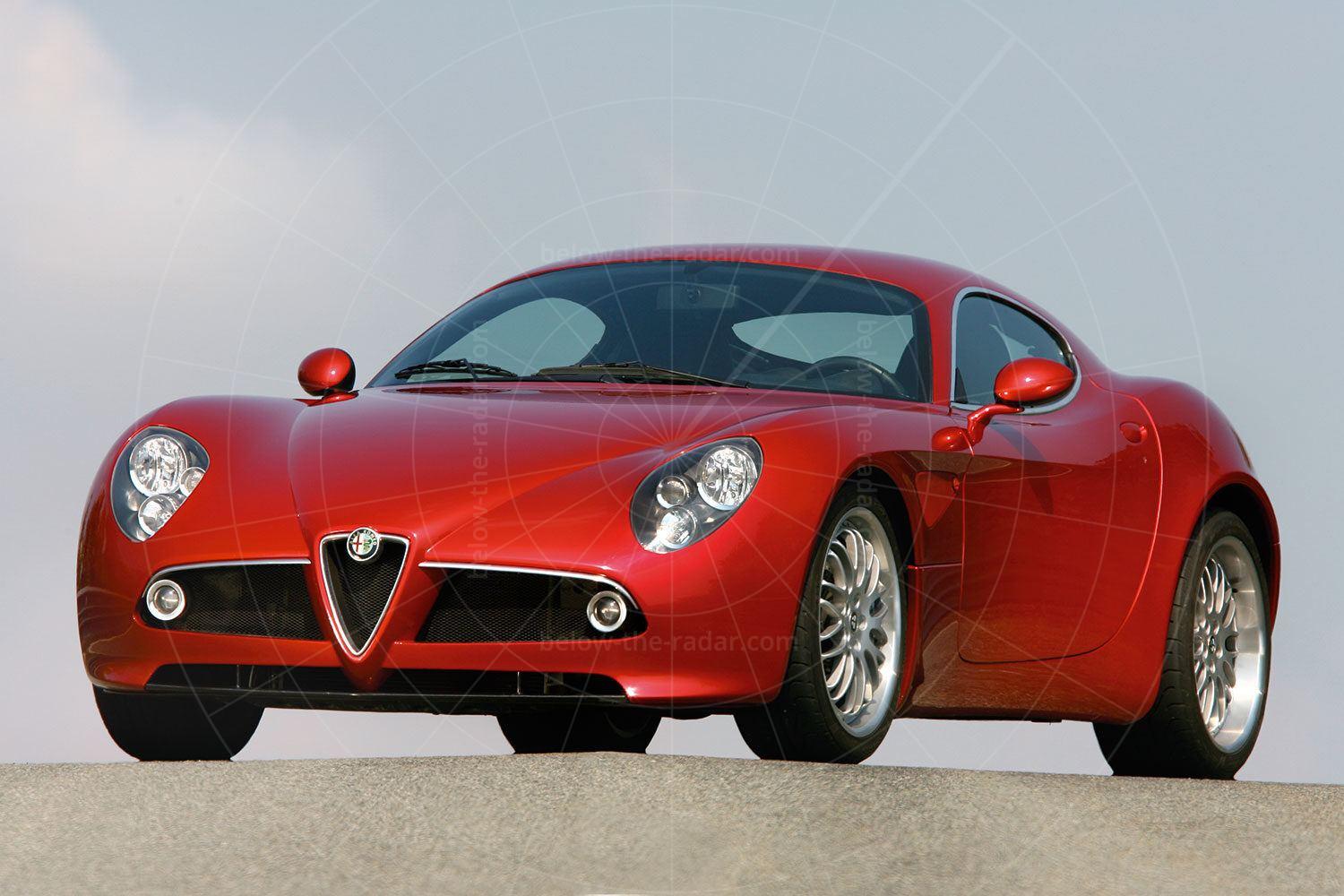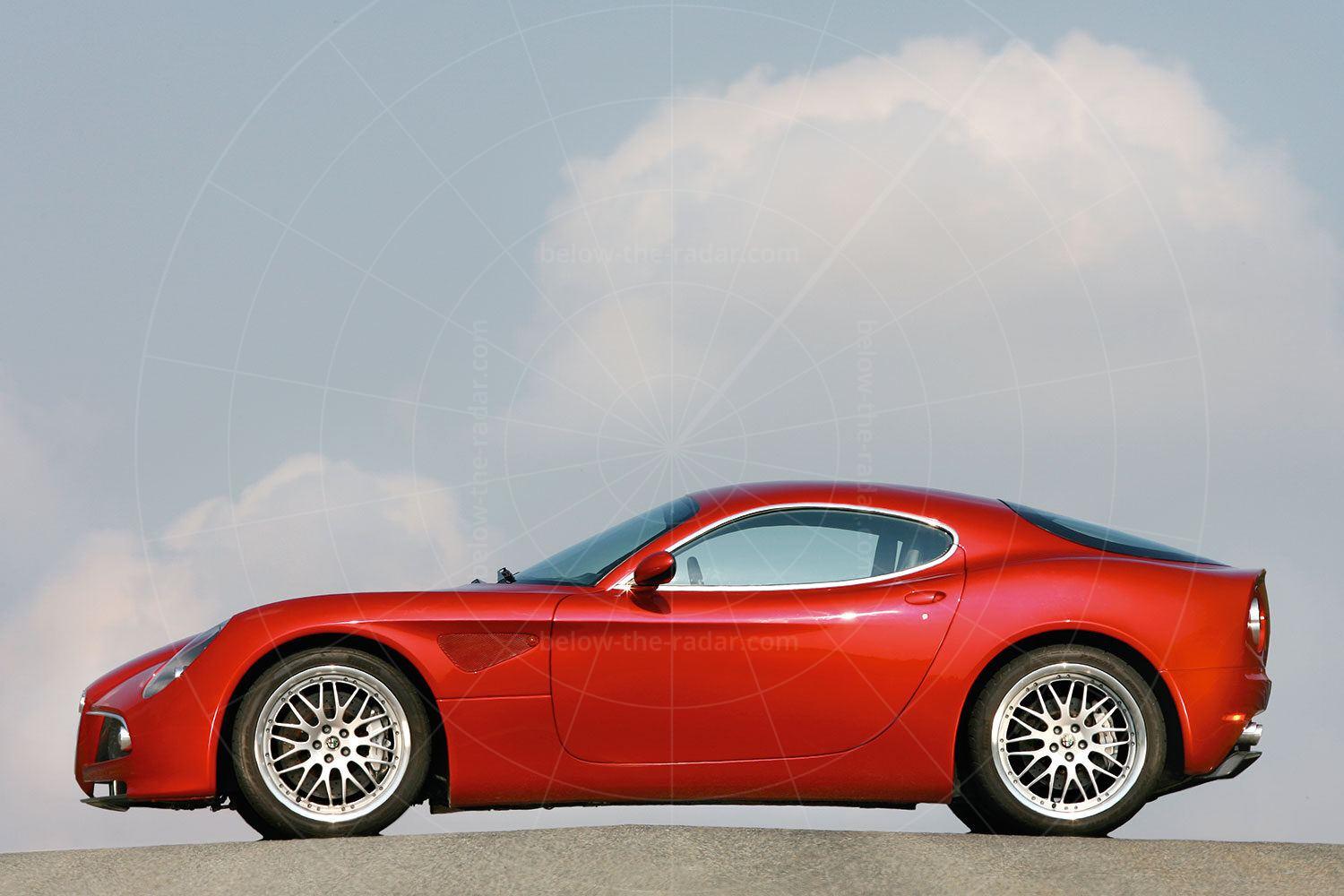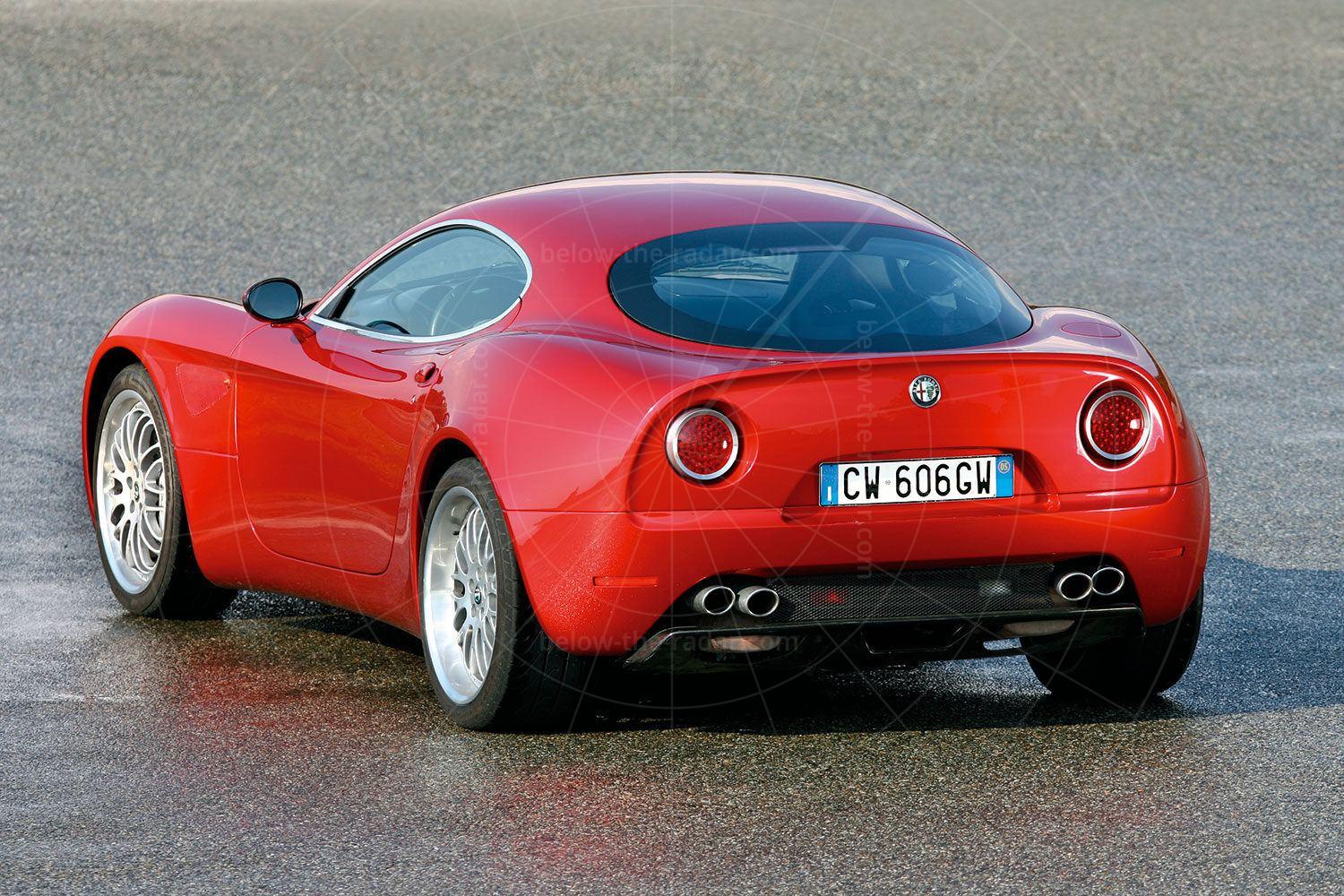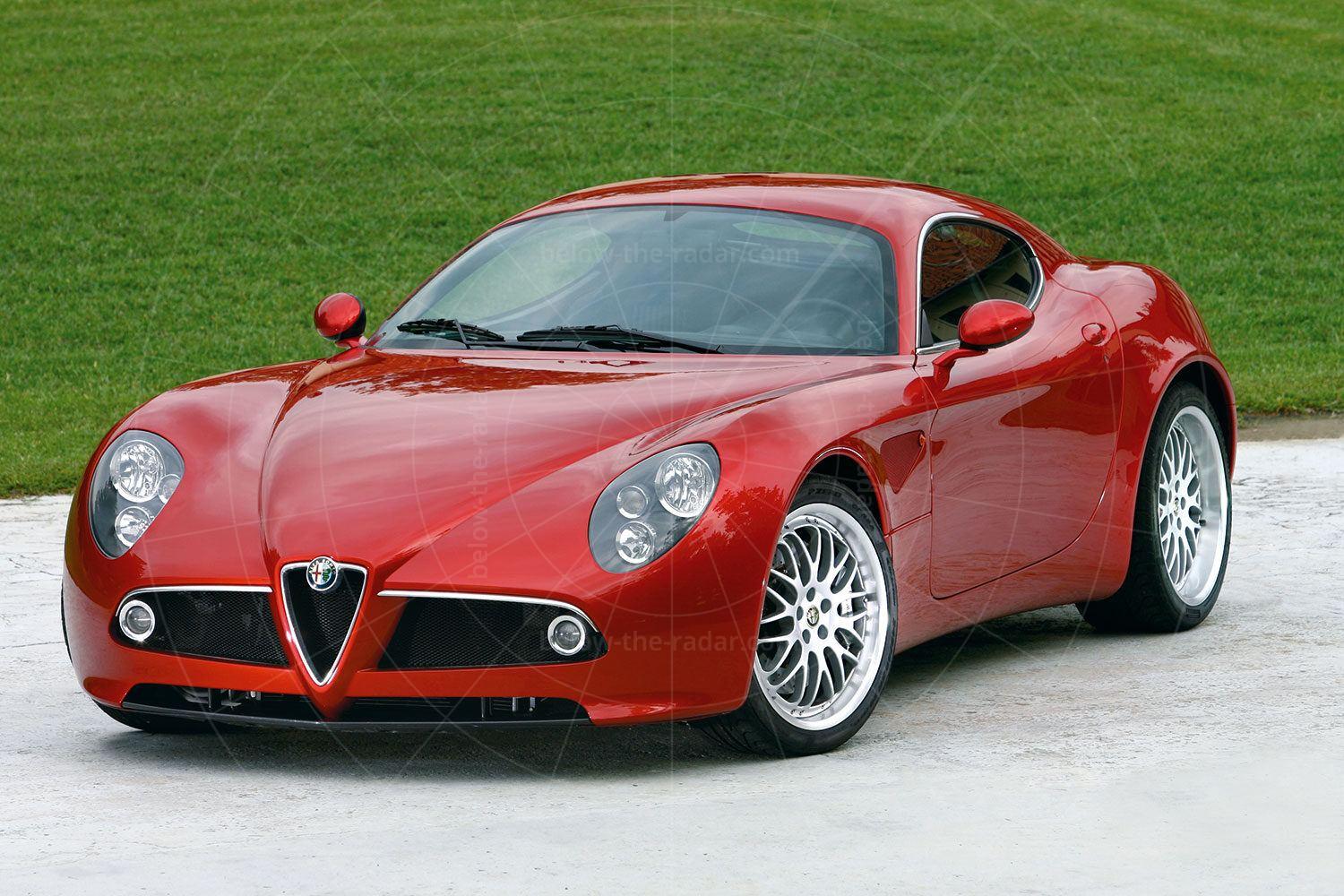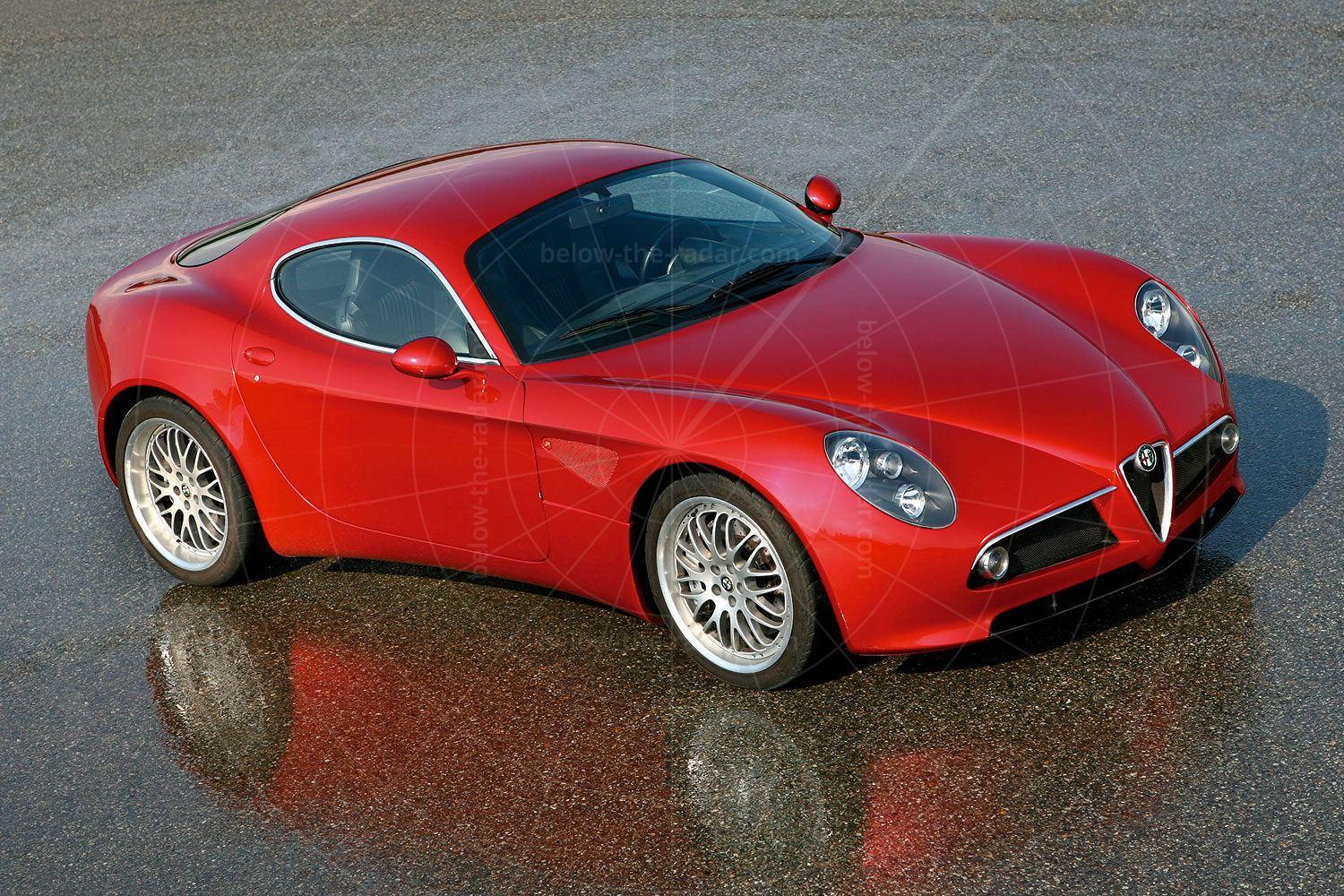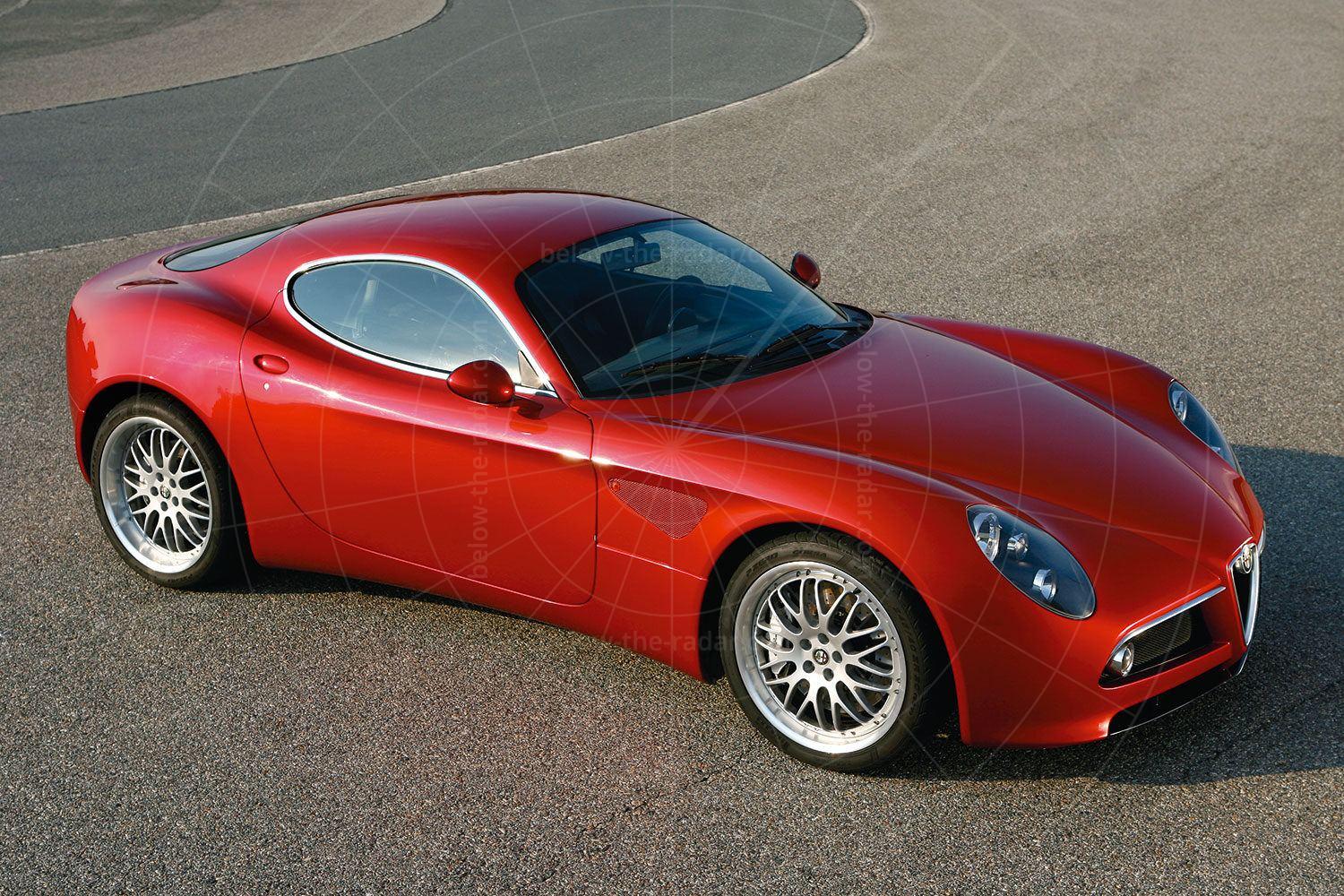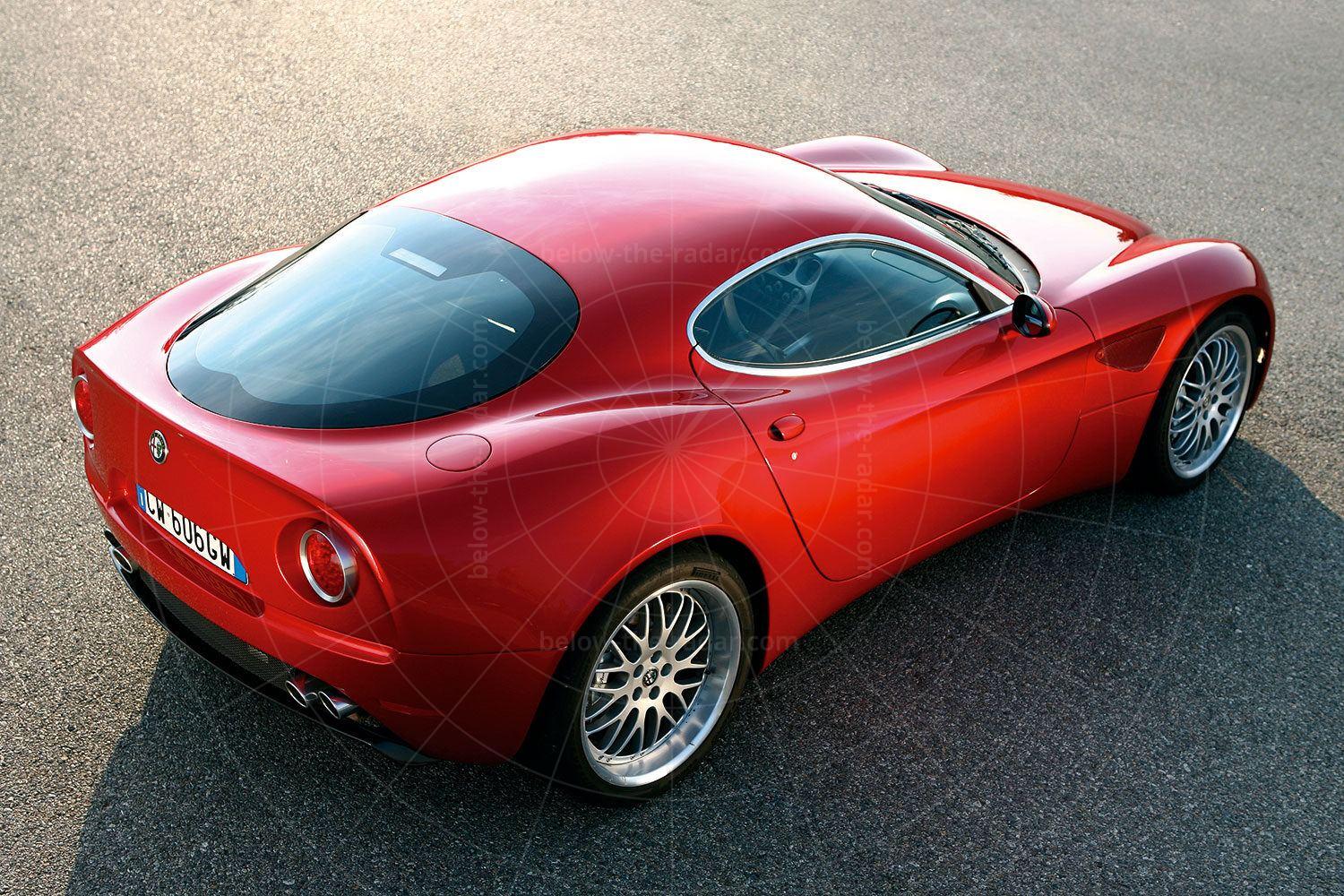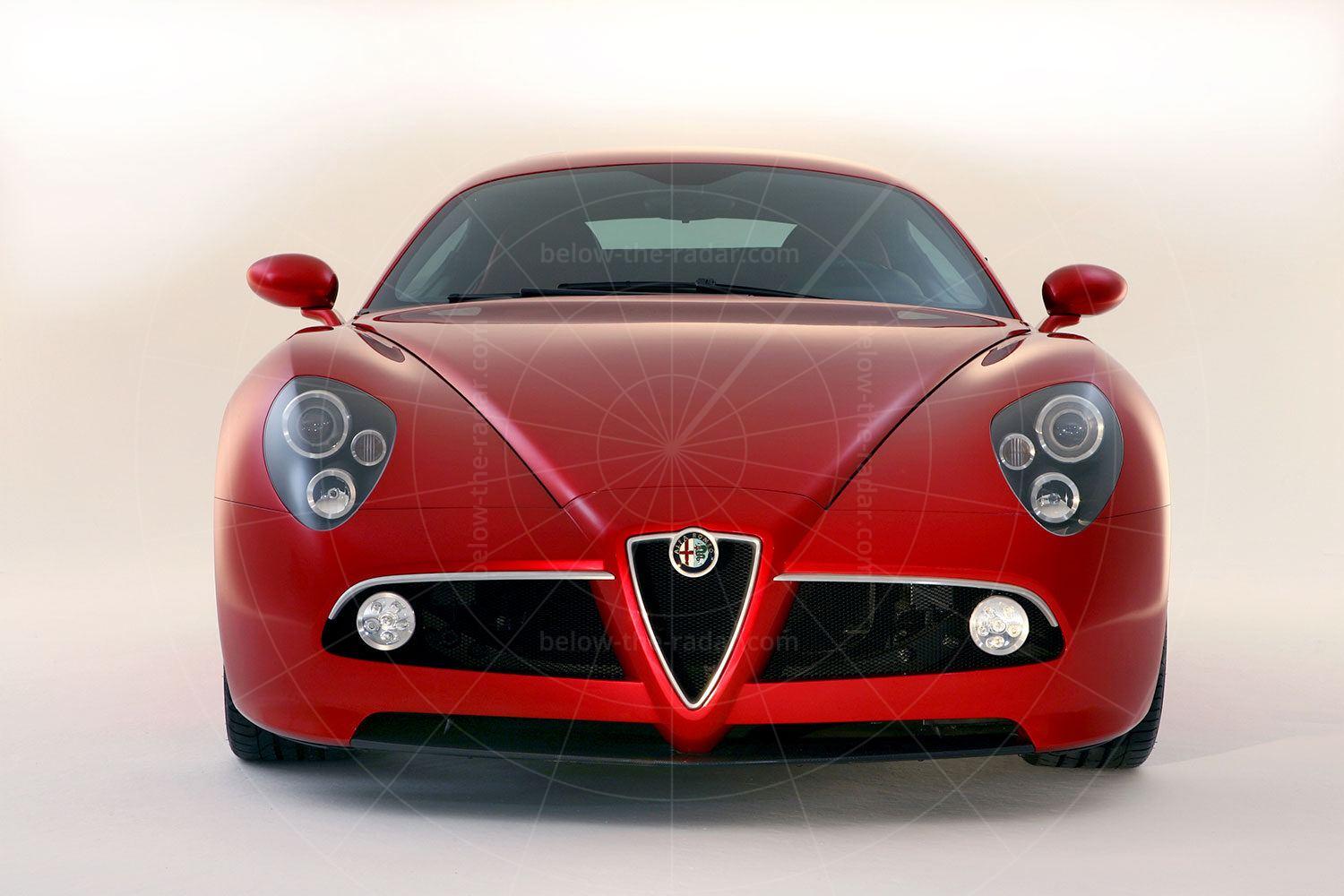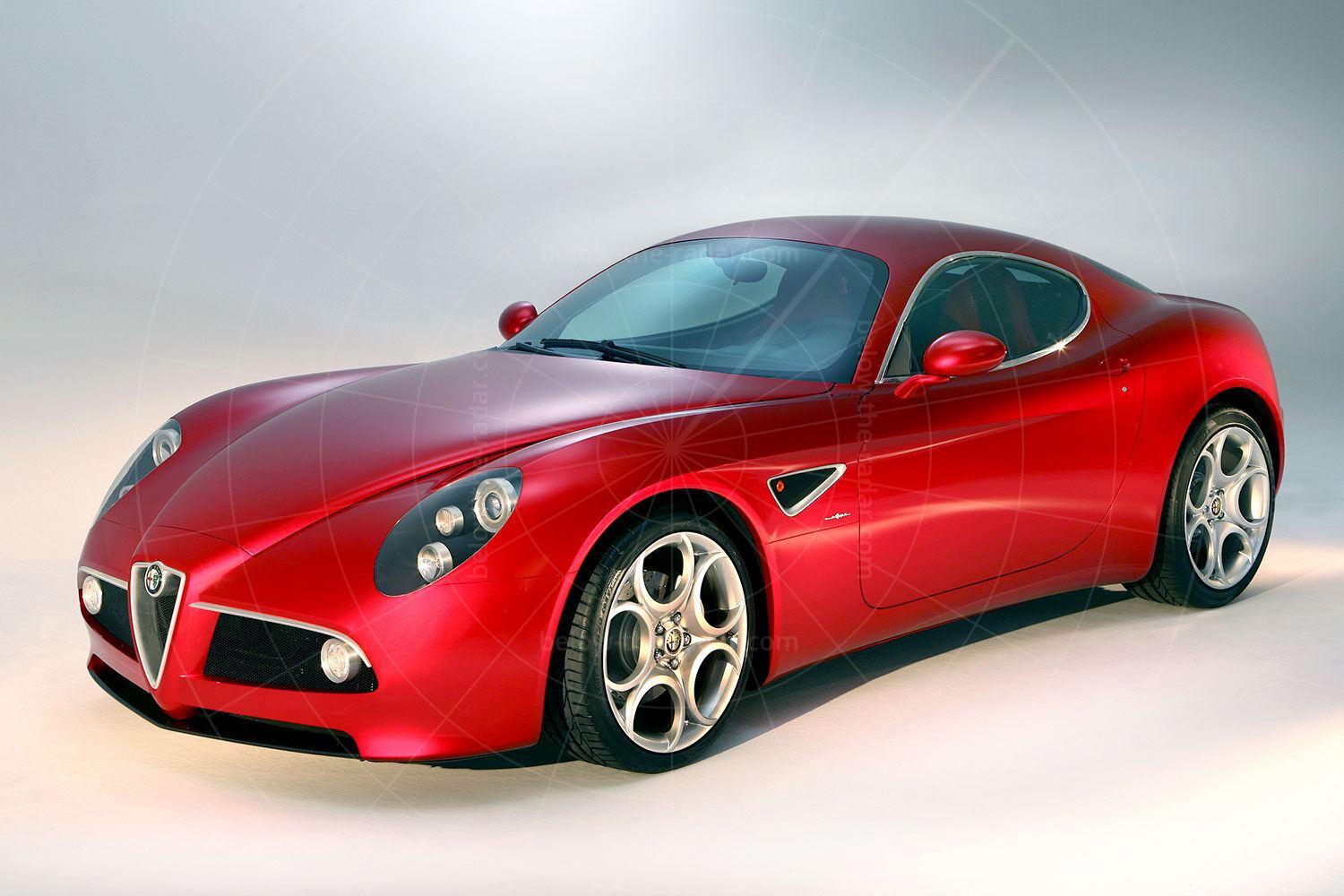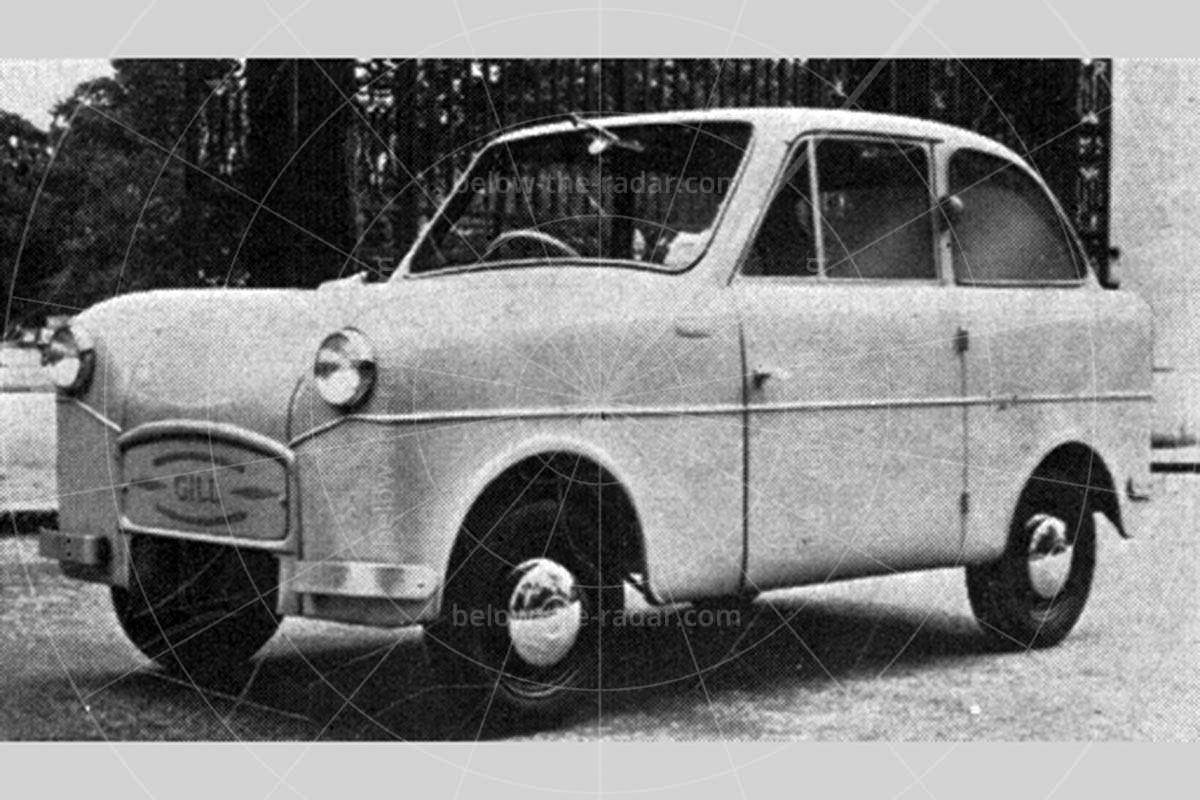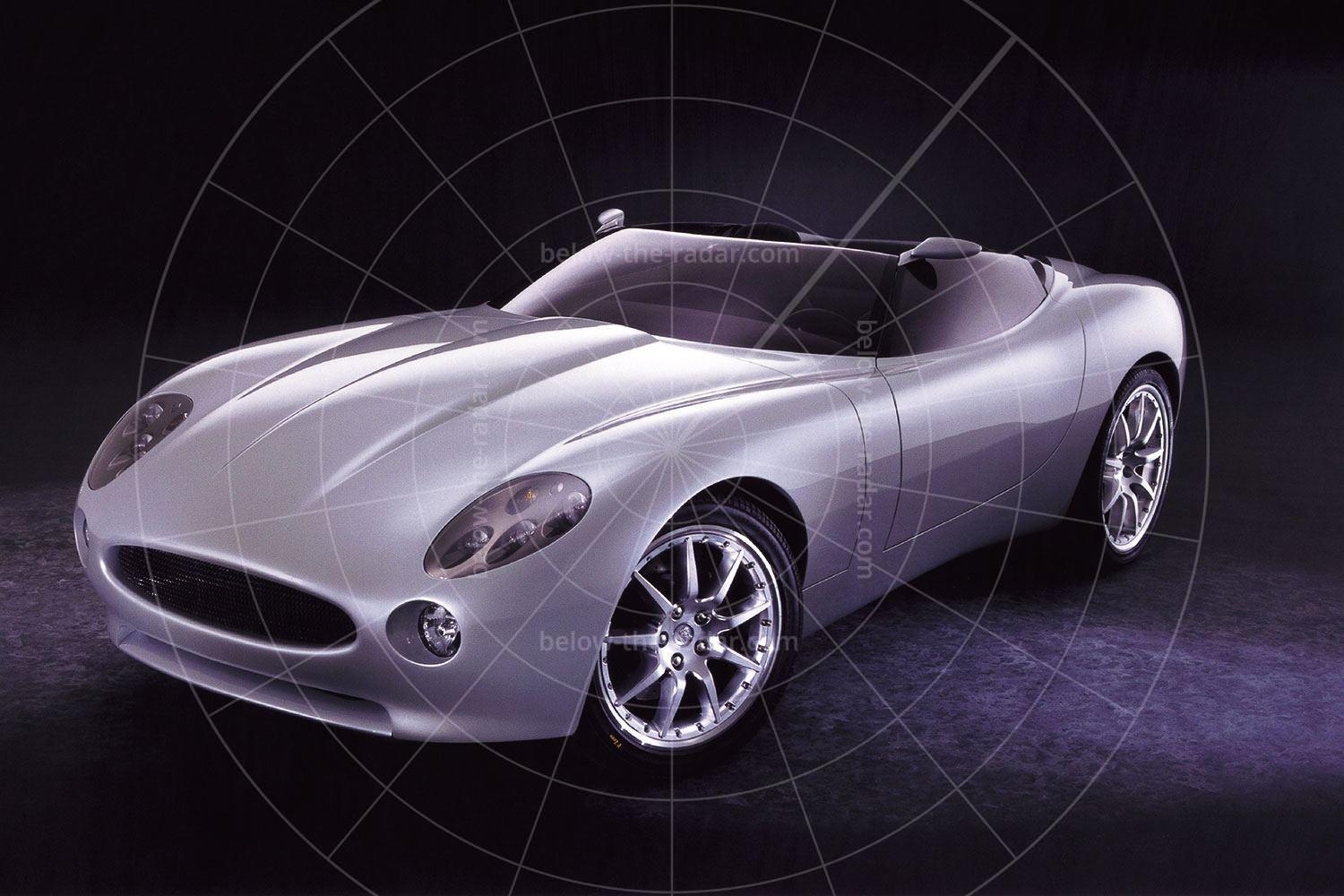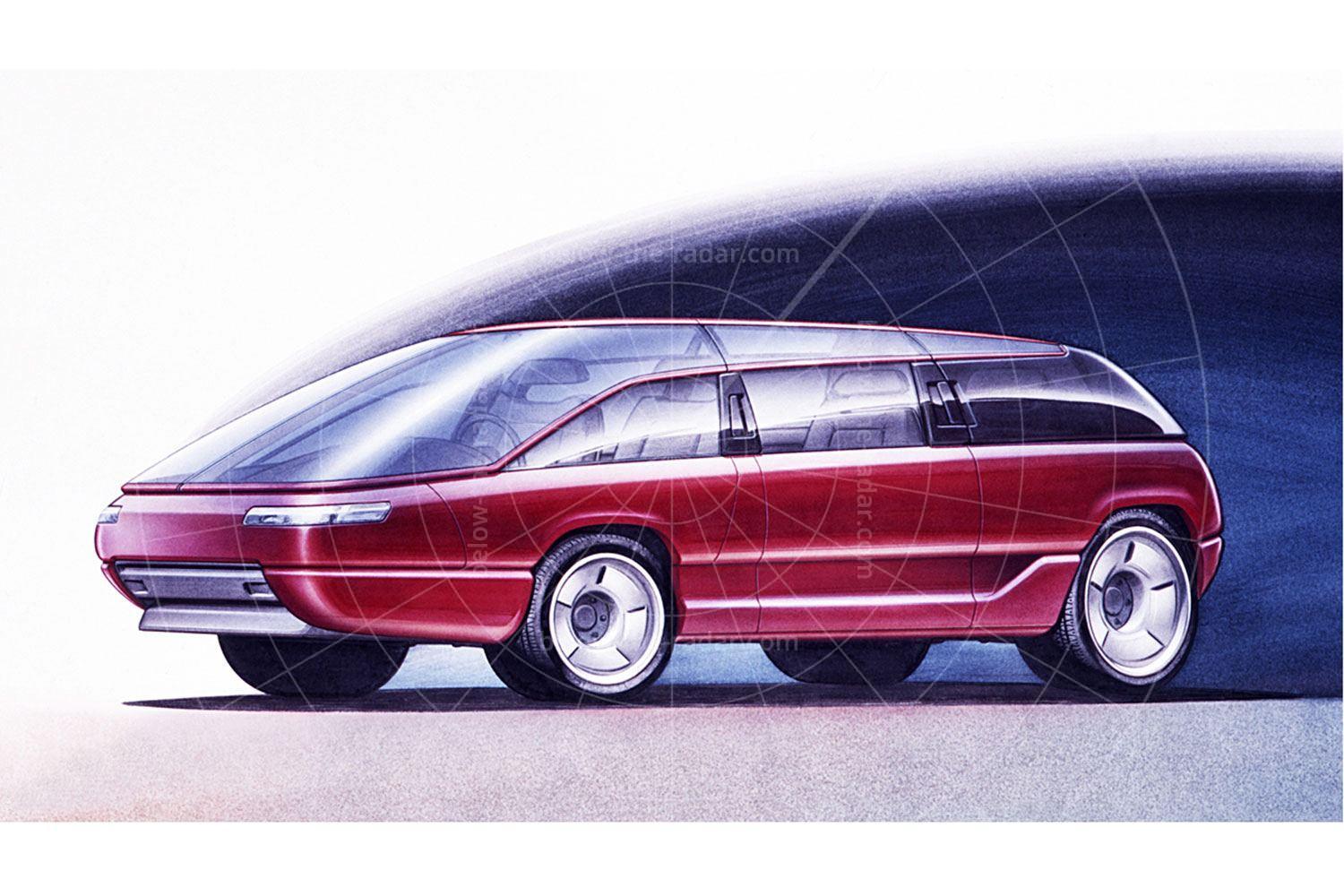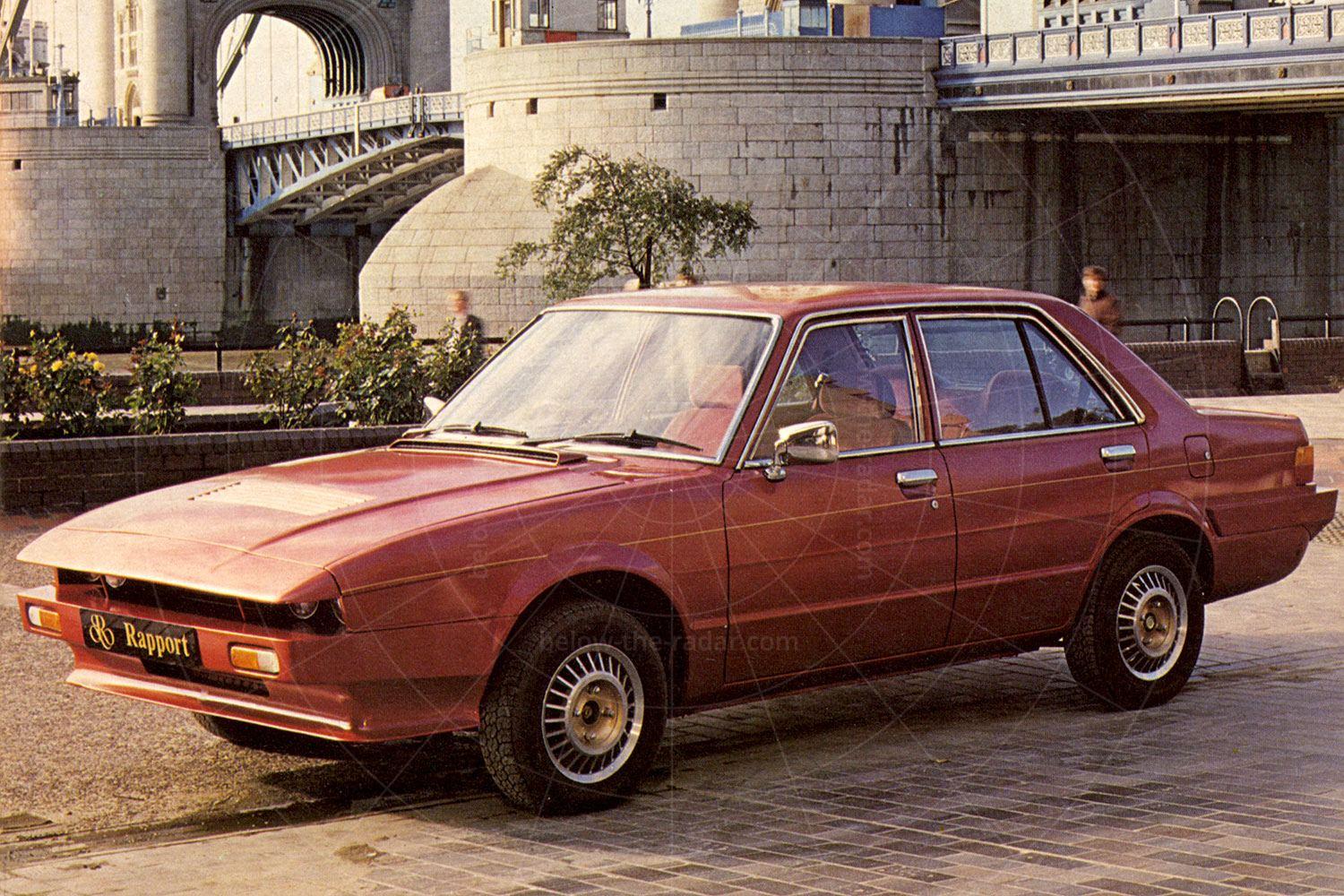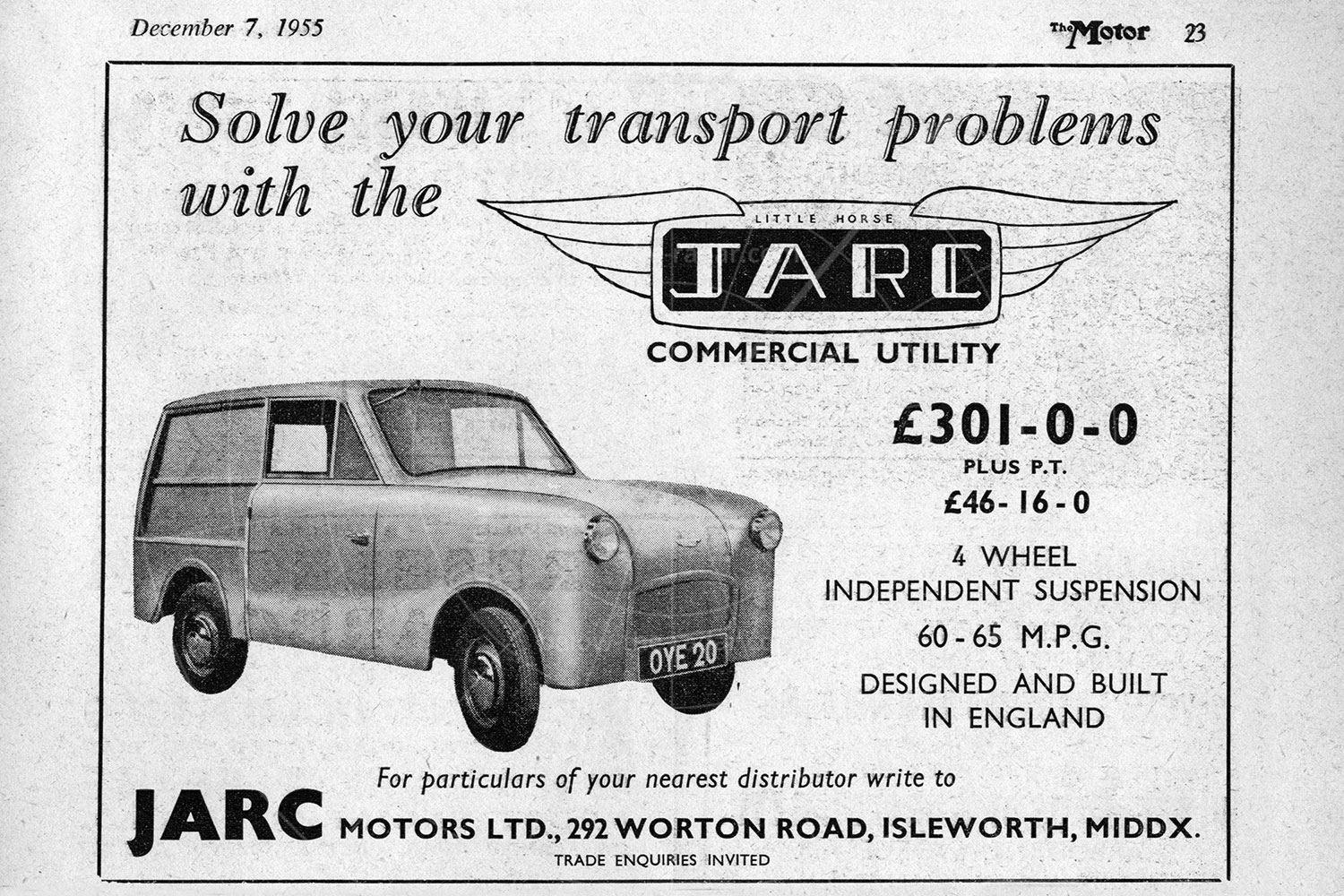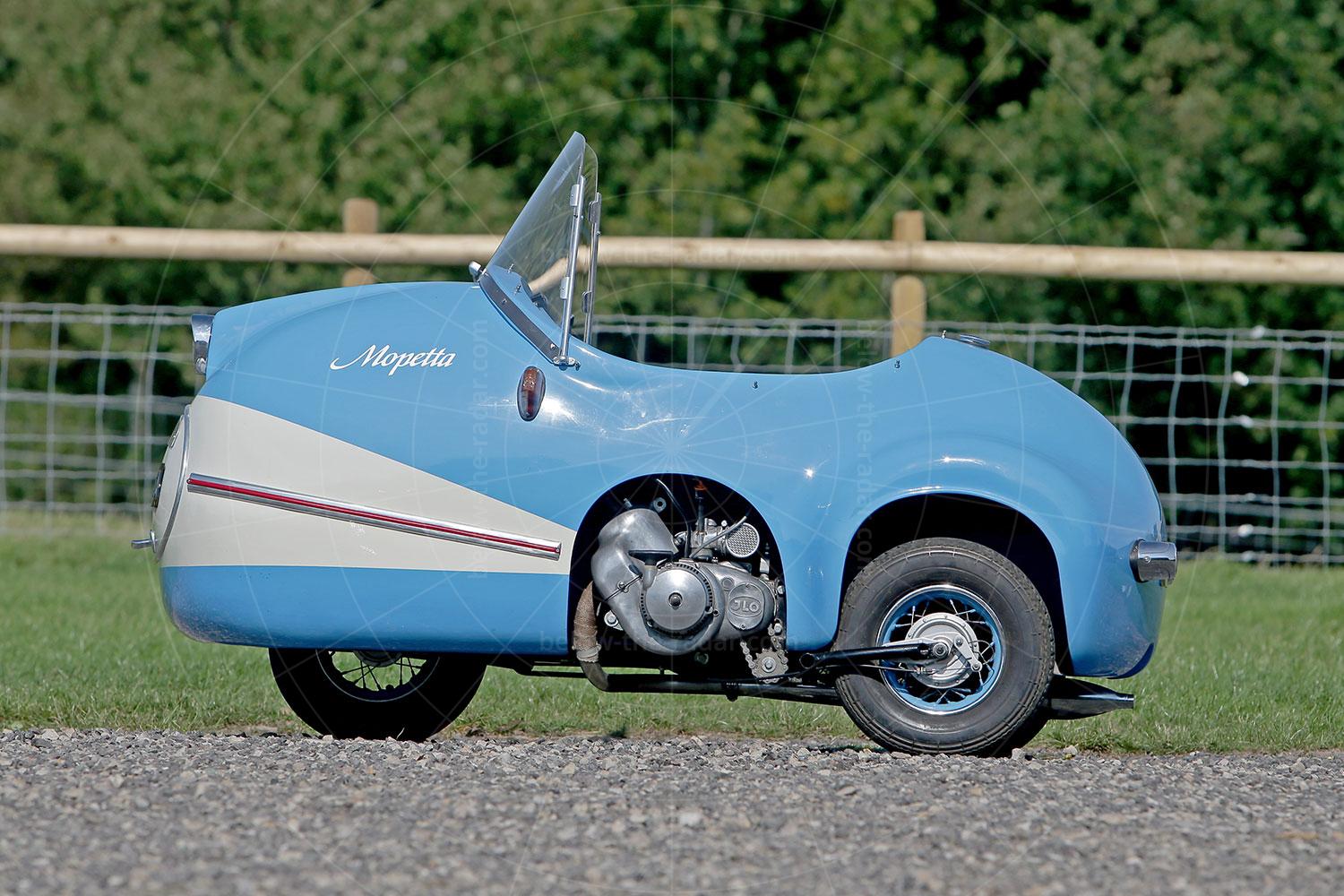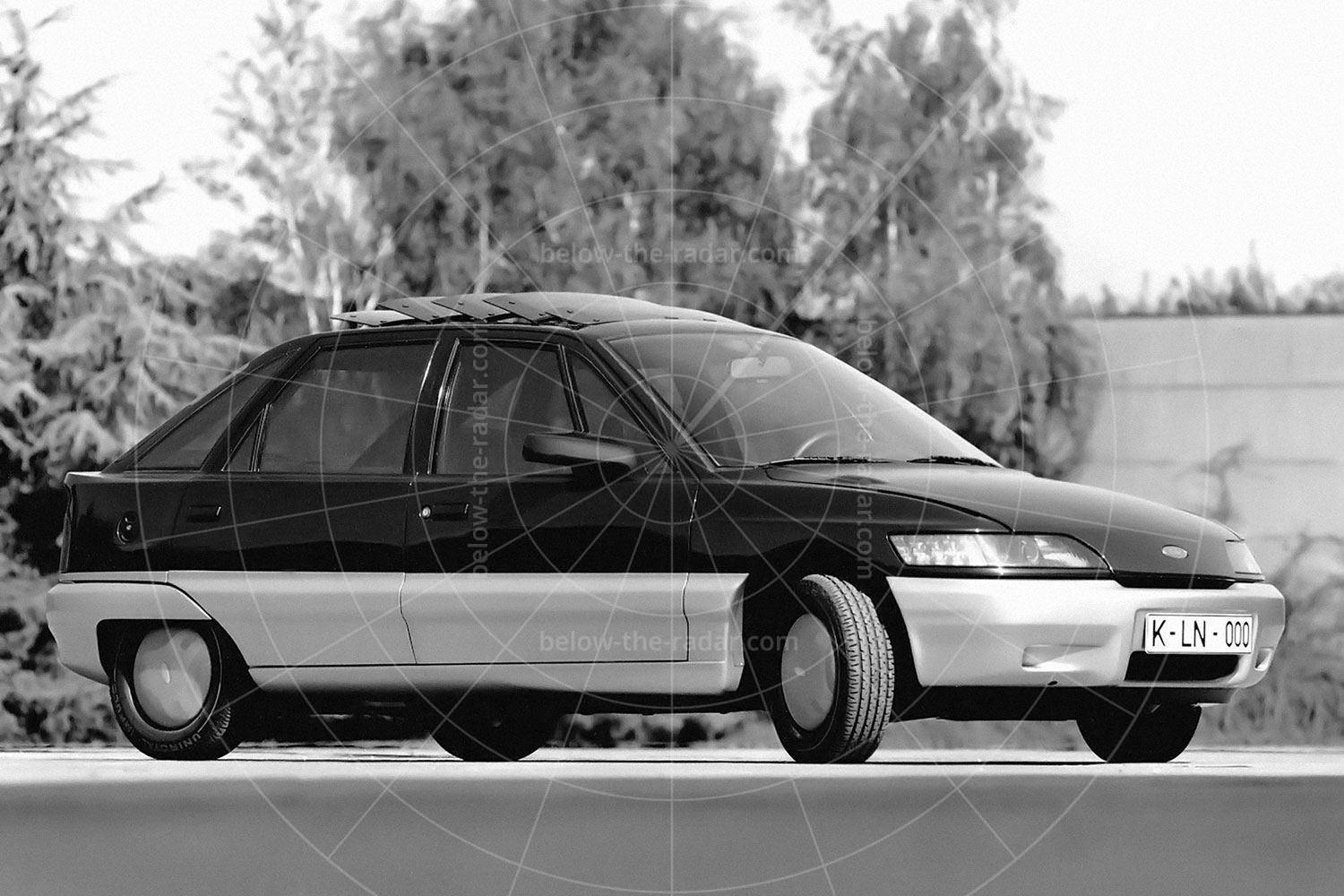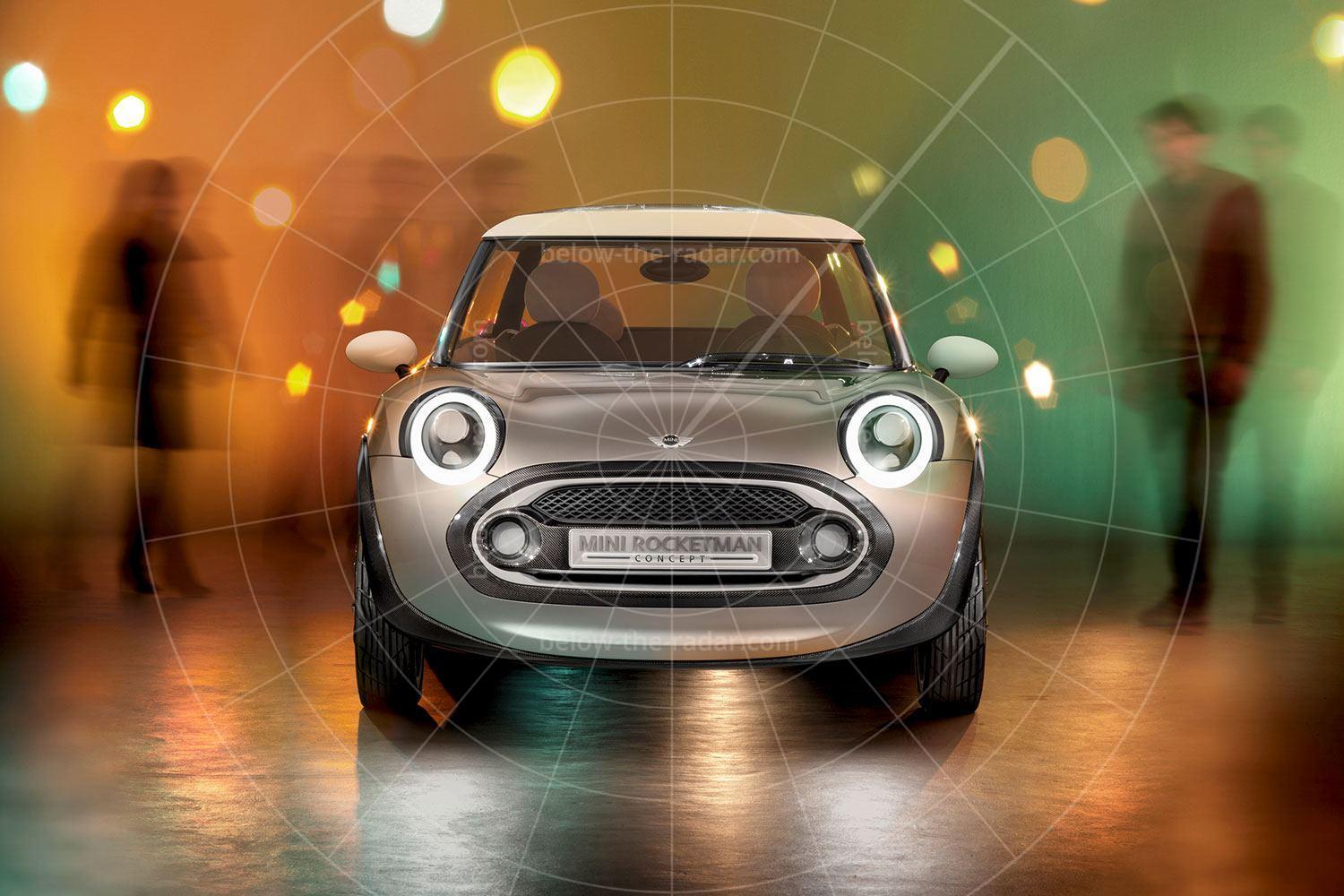While some car makers churn out one concept after another, others are very sparing in their creation of dream cars. Alfa Romeo falls into the latter category, as over the years it’s been lucky enough to enjoy a stream of Alfa-badged concepts created by others, such as Pininfarina and Bertone. These include all-time greats like the Carabo, Canguro and Nuvola; seminal concepts to which Alfa Romeo lent its name (and often a chassis), but it didn’t have to do too much of the donkey work.
It was a different story here though, as Alfa produced the 8C itself, with the intention of putting it into limited production. And unsurprisingly, that’s exactly what happened; just the briefest of glances confirms that not making even a limited number of this fabulous supercar would have been a travesty. It looked great, and with its front-mounted V8 and rear-wheel drive it was fun to drive too, when it finally did make production.
In the event Alfa made just 500 examples of the 8C Competizione coupé, and because demand easily outstripped supply, a further 500 copies were made – this time of an open-topped edition called the Spider. As such, the 8C was a guaranteed classic straight out of the box, but in many ways the 8C doesn’t really sit easily among the other concepts here, as its styling was traditional rather than radical. Indeed, the 8C was unashamedly retro, but it was still a concept in the truest sense as it was created to test potential buyers’ reactions. And most crucially, because they liked what they saw, the 8C made production with relatively few styling changes.
The 8C wasn’t a car for exploring the outer limits of technology; it was more about testing the market, to see whether there were enough buyers prepared to spend a fairly serious wedge of cash on a car sporting mere Alfa Romeo badges. This was a brand with a certain amount of cachet admittedly, but could Alfa really justify charging more than Maserati money?
It was fitting that the Competizione was priced more highly than any of Maserati’s mainstream offerings as not only did it pack a Maserati V8, but it was also a lot more exclusive. Under that long bonnet was a supercharged 4.3-litre engine that could develop a muscular 385bhp; with the wick turned up this could easily peak at 450bhp, but Maserati didn’t want Alfa Romeo stealing its thunder so the unit was detuned a bit, to 410bhp.
That power was fed to the rear wheels via a six-speed Selespeed semi-automatic gearbox, and with a 192mph top speed the 8C needed some pretty serious stopping power. Ceramic brake discs were fitted courtesy of Brembo, taken straight from the Ferrari Enzo. With the Alfa sharing so many of its oily bits with models from Ferrari and Maserati, it was no wonder that demand outstripped supply.
Although the detailing of the 8C Competizione concept was up to the minute, the overall design was more redolent of the great grand tourers of the 1960s with those faired-in headlights, swoopy curves and a long bonnet that hinted at the large-displacement engine which lay beneath. Minimal overhangs front and rear were also intended to give the impression of a muscular V8 in the nose, with the power going to the rear wheels.
Crucially though, the 8C was very compact; essential for the agility it would need to see off rivals. As a result it was around 15cm shorter than a Porsche 911, although that car offered token rear seats whereas the Alfa was strictly a two-seater.
Where the 8C Competizione really scored however was with its detailing, from its 20-inch spoked alloy wheels to the chrome adornments in the nose. Those muscular front wings and even more aggressive haunches also looked great, but the best thing was that when the production car arrived it remained largely faithful to the original concept. There was one key difference however; while the concept featured a front end that tipped forward to give access to the engine, the production car was fitted with a conventional bonnet, which added an extra shut line or two. A small price to pay for such a beautiful machine.
| Vital statistics | |
|---|---|
| Debut | Frankfurt 2003 |
| Engine | Front-mounted, supercharged 4244cc petrol V8 |
| Transmission | 6-speed semi-automatic gearbox, rear-wheel drive |
| Power | 410bhp |
| Top speed | 192mph |
| 0-60mph | 4.4 seconds |

